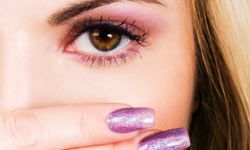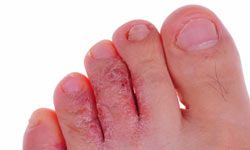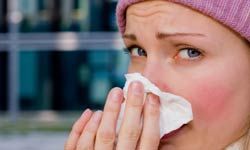Most nail salons see a steady parade of business. Nails get cut and filed, feet soak in tubs, cuticles get pushed back and trimmed, calluses get buffed. And while the majority of nail salon visits won't send you on your way with anything other than an excellent manicure and pedicure, customers -- and salon workers -- are at risk of spreading disease.
How can a desire for well-groomed nails lead you straight to the doctor's office? All that buffing, clipping and trimming means that it's not uncommon for hands and feet to get nicked and cut. And wherever you have open wounds and a lot of skin-to-skin and skin-to-surface contact, you have a very good chance of picking up some gross bacteria or viruses.
Advertisement
So what are the risks of a pampering footbath? We've got five nasty bugs to look out for.



